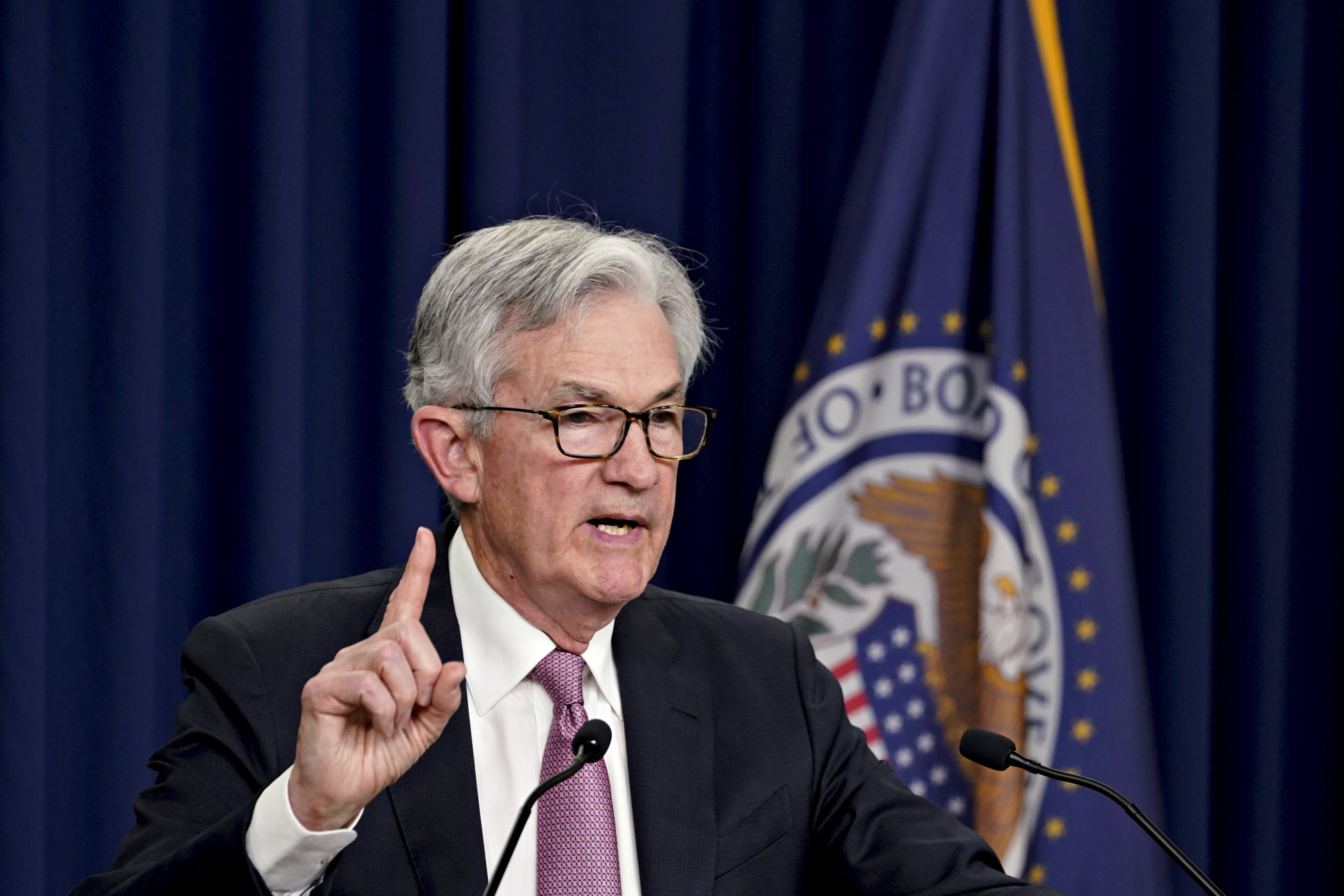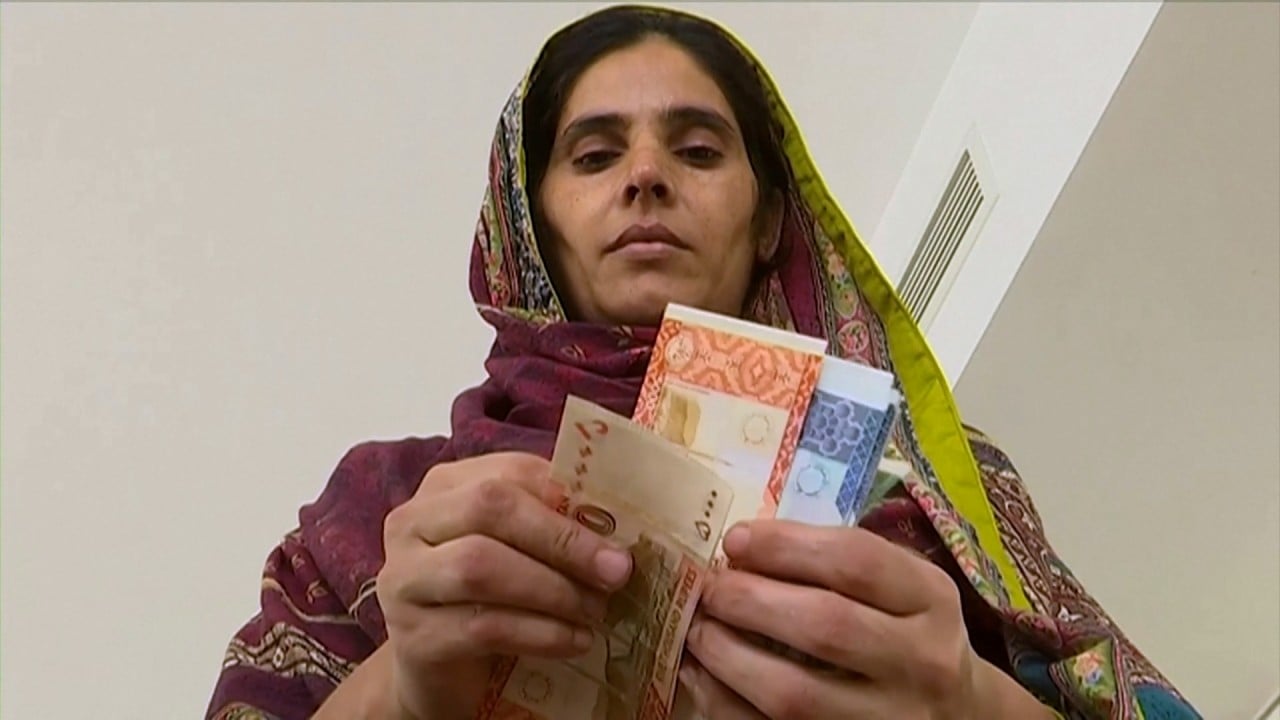
As China’s economy revs up, brace for even higher global energy prices and inflation
- While Fed policy tightening will help placate those who believe inflation is the result of loose monetary policy, it shouldn’t deflect attention away from the centrality of China in the current inflationary story
Disrupted Chinese production-line activity has impaired the supply of goods the world relies on, and, as is always the case where supply cannot meet demand, has helped drive rising consumer price inflation (CPI) globally.
US inflation remains eye-catchingly high. Data released on Friday showed headline annualised US CPI at 8.6 per cent in May, its highest level since 1981. More rises in US interest rates are certain, beginning on June 15.
Such policy tightening will help placate the monetarist fraternity but it shouldn’t deflect attention away from the centrality of China in this inflationary story.

The bottom line is that China is the artery that supplies the world with many essential goods and, when that artery is partially blocked, there’s no other economy that can pick up the slack.
But, just as the arterial flow of oxygen around the human body requires energy, power is also needed to propel the Chinese economy.
The Port of Long Beach in California, a key entry point for Chinese goods into the United States, is now readying itself “for the traditional summertime surge to coincide with China’s recovery from a lengthy lockdown”, its executive director Mario Cordero said on June 9.
The more benign the pace of Chinese factory-gate inflation, the better it is for an inflation-challenged global economy that is so dependent on Chinese-made goods.
But the trade-off is that even before China’s economy gets back to full production, UAE energy minister al-Mazrouei estimates that oil production in the Organisation of Petroleum Exporting Countries and affiliated nations (Opec+) currently lags behind demand by 2.6 million barrels a day.
As China cranks up production, that imbalance in supply and demand will only be accentuated and result in even higher oil prices as OPEC+ doesn’t currently seem able to ramp up production to meet demand.
There has been a massive drop in investment in new oil projects in the past few years, in line with global attempts to transition away from fossil fuels to renewables, in an effort to combat climate change. But, in the here and now, a disparity in supply and demand that has already seen oil prices soar will only become more acute as China’s economy recovers.
These are big issues, with no easy answers, but one thing is clear: whether Chinese economic activity is slowing or going at full steam, what happens in China impacts the entire global economy.
Neal Kimberley is a commentator on macroeconomics and financial markets


